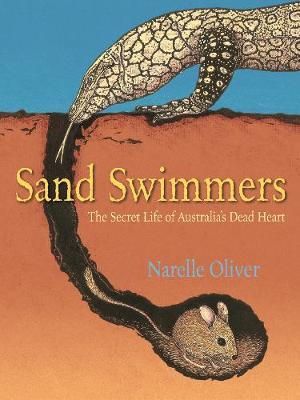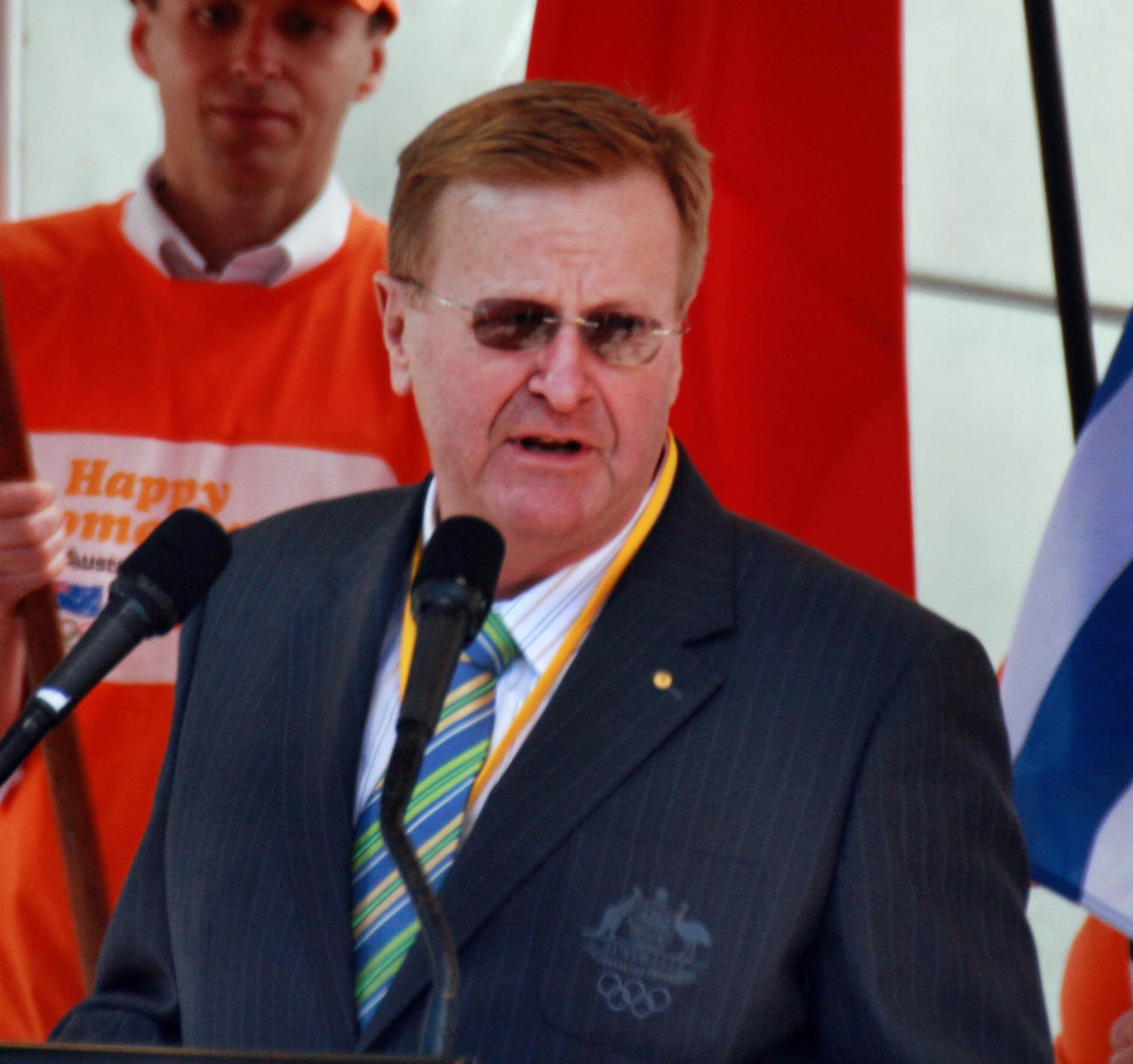About
Narelle
Oliver is an Australian author and illustrator from Queensland who has written
thirteen picture books. Several of Narelle’s books have been shortlisted for
the Children’s Book Council of Australia Awards including The Hunt which was awarded picture book of the year in 1996. Her
interest in picture books began as a primary school teacher where she worked at
the Queensland School for the Deaf.
Many
of Narelle’s books are based upon the natural environment and the flora and
fauna of a particular area in Australia. Examples include the mangroves of
South East Queensland for her book The
Best Beak in Boonaroo Bay or the deserts of Central Australia in Sand Swimmers and Baby Bilby, where do you sleep? (Oliver, 2009)
These
picture books and the many others written and illustrated by Oliver reveal a
fascination she has with native Australian fauna. In particular their ability to adapt to the environment they
live in (Oliver, 2009).
More
recently, Oliver has written three books which have been a departure from her
Australian flora and fauna theme. These include Mermaids Most Amazing, The
Very Blue Thingamajig and Dancing the
Boom cha-cha Boogie, which rely on fictional animals.
Themes
The
recurring themes in Narelle Oliver’s picture books are that the main characters
are usually animals, either real or fictional. Animals have been chosen for a
number of reasons which include;
·
Narelle enjoys working with and drawing the
animals in her books.
·
She highlights parts of the animals and the
patterns in their beaks fur and skin as they work well on linocut, which is the
technique she uses for her illustrations.
·
The illustrations feature bold outlines and patterns
which make animals the ideal subject for the picture books (Oliver, 2016b).
·
She enjoys the creative process of designing and
making up fictional animals such as the Very Blue Thingamajig.
·
Striking illustrations through the use of the
lino cut medium.
Structure
Identify the Year level
This text will be used in a year 5 classroom.
While
her books are based upon animals and how they have adapted to their
surroundings, Oliver has been careful to include a fictional story with
characters in her books. Throughout the development of the books Oliver was
aware that the animals in her books such as the bilby offer opportunities for imaginative
characters to be created to tell the story rather than writing an information
book (Oliver, 2009).
Illustrations
Throughout
her picture books, Narelle uses a method known as lino cut to produce her illustrations.
This process involves creating the illustrations which are then copied onto a
sheet of linoleum, a material often used for floor covering. Using a variety of
sharp objects, she then cuts her illustrations out of the linoleum and then
rolls them in ink to give them the desired effect.
Oliver
uses the lino cut medium in her illustrations as it emphasises the patterns and
textures of her subjects and helps create striking characters through the use
of bold outlines.
Creating a picture book
As
for many authors, the process of creating a picture book for Narelle Oliver is
a detailed process which has required many field trips to study a particular natural
environment and the plants and the animals.
Preparing
the story for her book Sand Swimmers,
Narelle spent several weeks investigating the various deserts of Central
Australia researching and observing the landscape and the animals which call that
environment their home. The award-winning picture book The Hunt was also commissioned for publication in America and
Narelle spent several weeks in there studying the native animals of America for
the edition.
Narelle
Oliver also spends much of her time organising workshops on writing and
illustrating picture books for adults and children around Australia.
Selected Book
Identify the Year level
This text will be used in a year 5 classroom.
Identify themes and how it may integrate
with Australian Curriculum.
Sand Swimmers has a variety of themes
throughout the text which make it an ideal text to use with year 5 students.
The book covers topics including science and animals adapting to the natural
environment, the importance of Indigenous language groups as well as English
explorers as part of Humanities and Social Science. These form major parts of
the text Sand Swimmers and are also
major parts of the Australian curriculum for children in year 5.
Two
themes that form the backbone of the story throughout Sand Swimmers are the different types of desert found in Australia
and the various animals that live within these environments.
Narelle
Oliver has also included the Indigenous language groups of the Arrernte and
Pitjantjara in the story. The inclusion
of this in Sand Swimmers also allows
for the cross curriculum priority of Indigenous language histories and cultures
to be included in the lesson by embedding perspectives of the Indigenous
language group in the text.
General Capabilities
As
part of the Australian curriculum there are seven general capabilities which
aim to assist children in developing the knowledge, skills and behaviours which
will assist them both at school and outside of school.
The
text Sand Swimmers helps student’s
literacy skills through analysing the Narelle Oliver’s picture book. Class
members are encouraged to think critically and creatively about Sand Swimmers and why the author made
certain choices. Students are also developing their intercultural and ethical
understanding through studying Sand
Swimmers as they research the Indigenous language groups of Central
Australia and the early European explorers in Australia.
Content Descriptor
Sand Swimmers is text which provides the
opportunity to investigate the following content descriptor with year 5
students taken from the literature stream of the English curriculum.
Recognise that ideas in literary texts
can be conveyed from different viewpoints, which can lead to different kinds of
interpretations and responses (ACELT1610).
While this text will be used in conjunction with the students work in Science
and Humanities, when using Sand Swimmers
in the classroom the focus will be on the above content descriptor.
Activity 1
As
a class, a discussion will be initiated on the narrative voice of the explorer
Charles Sturt and the effect this has on the opinion of the reader. The class
will investigate how the language used by the author Narelle Oliver influences their
opinion of Charles Sturt and his team. As the book discusses the local
Indigenous language groups, working in groups of four students will be required
to write about the desert from the point of view of someone who was able to see
how much life could be found in the deserts of Central Australia.
Activity 2
Working
in pairs, students will be provided with two passages of text, one from the
local Indigenous perspective and the other from the point of view of Charles
Sturt. The class will then be asked to discuss the three different levels of
meaning contained in the passage that is literal, inferential and personal
providing an example of each from the Indigenous and explorer perspective.
Students will then be asked to contribute to a class discussion about the passage
and how it had different meaning depending upon the perspective it was written
from.
Activity 3
As
the chosen content descriptor asks students to investigate the different
viewpoints a text can be written form, the final activity student are to
undertake will be a book review. This will be an individual activity. Students
will be asked to consider the illustrations and what they add to the story, the
narrative and whether it is just the opinion of one person or several. The task
will also require students to indicate what they enjoyed and disliked about the
book and why they came to form this opinion. What aspects of the book formed
your opinion of this text? For example, the language used, the central
characters or the illustrations. Students will then have the opportunity to
share their review with the class if they wish.
References
Australian
Curriculum and Reporting Authority. (2016). Aboriginal and Torres Strait
Islander histories and cultures.
Retrieved from http://www.australiancurriculum.edu.au/crosscurriculumpriorities/Aboriginal-and-Torres-Strait-Islander-histories-and-cultures
Australian Curriculum and Reporting Authority. (2016a). English
Foundation to Year 10 Curriculum.
Retrieved from http://www.australiancurriculum.edu.au/english/curriculum/f-10?layout=1
Australian Curriculum and Reporting Authority. (2016b). General
Capabilities. Retrieved from http://www.australiancurriculum.edu.au/generalcapabilities/overview/introduction
Booktopia. (2016). Sand Swimmers: the secret life of Australia's
dead heart. Retrieved from http://covers.booktopia.com.au/big/9781922077288/sand-swimmers.jpg
Oliver, N. (1999). Sand
Swimmers. Melbourne, Victoria: Lothlain Books.
Oliver, N. (2009) Interview
with Narelle Oliver/Interviewer: J. Lawn. (Vol 4), Magpies Magazine.
Oliver, N. (2016a). About Narelle.
Retrieved from http://www.narelleoliver.com/
Oliver, N. (2016b) Q&A:
Questions to Narelle Oliver. Narrelle Oliver.
Seely Flint, A., Kitson, L., Lowe, K., & Shaw, K. (2014). Literacy in Australia pedagogies for
engagement (1st ed.). Queensland, Australia: John Wiley & Sons.
Walker Books.
(2012). Classroom Ideas for Sand Swimmers.
Retrieved from http://www.walkerbooks.com.au/statics/dyn/1361930055783/Sand-Swimmers.pdf


.jpg)




